Addressing the Crisis of Missing and Murdered Indigenous People (MMIP)
The Urgent Role of the Administration for Children and Families (ACF)
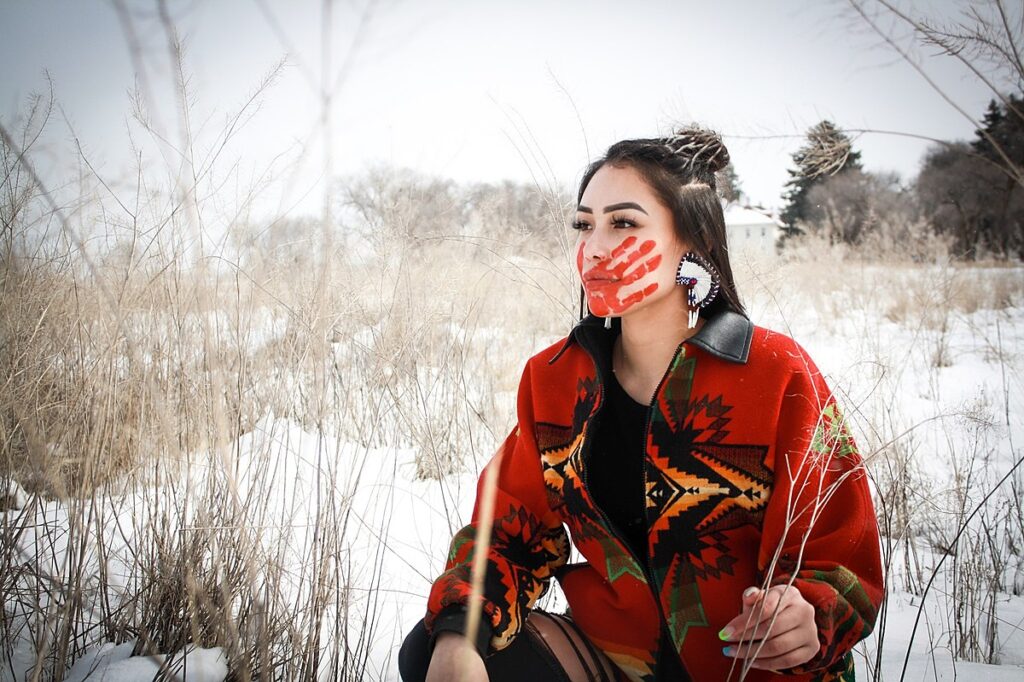
The crisis of Missing or Murdered Indigenous People (MMIP) continues to devastate Native communities, impacting Indigenous women, girls, and Two-Spirit individuals at alarming rates. This tragic reality is rooted in historical and systemic factors, including forced removal, cultural suppression, and centuries of trauma. The Administration for Children and Families (ACF) recognizes the urgency of the MMIP crisis and is committed to fostering solutions that protect and uplift Indigenous people.
A Heartbreaking Personal Loss

For many Native families, MMIP is not a distant issue—it is an immediate, personal reality. My own mother was tragically murdered by an undocumented immigrant from Mexico, who was later released. This loss, compounded by the painful knowledge that justice was never fully served, underscores the pervasive sense of vulnerability and injustice faced by Indigenous families. It also highlights the critical need for justice system reforms to ensure that every case of violence and murder is treated with the seriousness it deserves, irrespective of the complexities involved.
Remembering Cole Brings Plenty
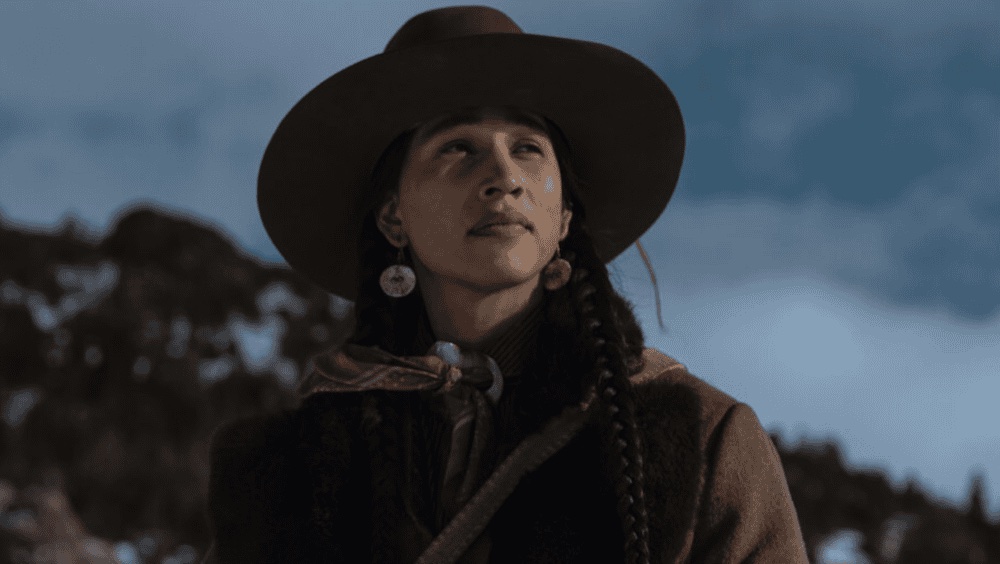
The recent loss of Cole Brings Plenty, a promising Lakota actor and Haskell Indian Nations University student, has drawn national attention to the MMIP crisis. Cole, a talented and ambitious 27-year-old, was reported missing on Easter evening after his family alerted law enforcement in Lawrence, Kansas. Tragically, his body was discovered in nearby woods days later. Cole’s life and potential were cut short, leaving his family and community grieving the sudden and heartbreaking loss.
As reported by Native News Online and other media outlets, law enforcement initially linked Cole to an incident involving a woman’s scream, which added confusion and urgency to the case. The Johnson County Sheriff’s Office is conducting an investigation, but Cole’s case stands as a stark reminder of the many Native individuals whose cases go underreported or uninvestigated. Cole’s story, his rising success as an actor, and his family’s mourning remind us of the vibrant lives behind every MMIP case.
The Legacy of Systemic Oppression
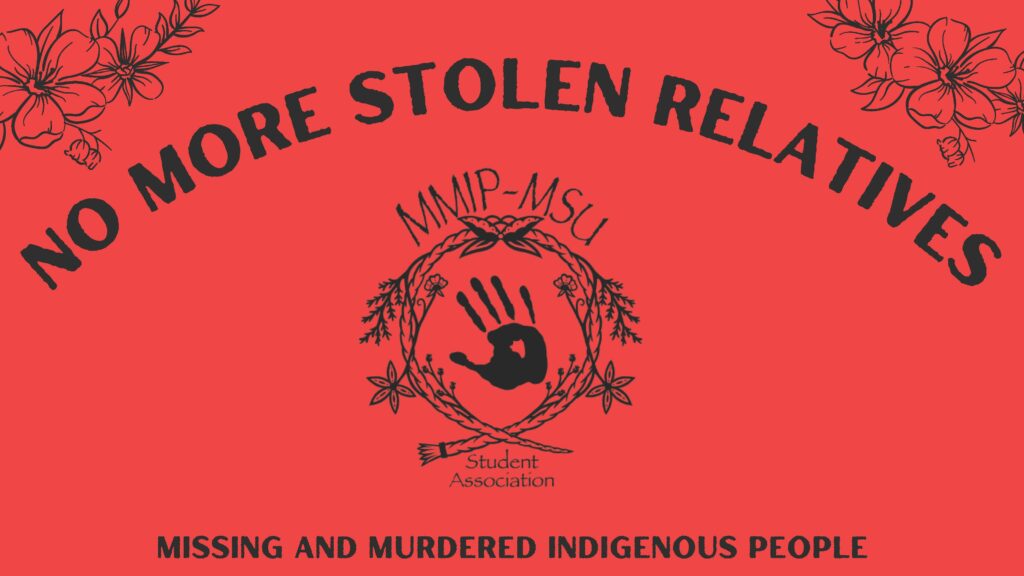
Generations of Indigenous communities have endured oppressive policies that sought to erase their cultural identities and connection to their heritage. Forced relocation, boarding schools, and cultural suppression created ongoing trauma, compounded by poverty and violence in Indigenous communities. Today, these conditions contribute to heightened vulnerability for Native individuals, particularly women and Two-Spirit people, who experience disproportionate rates of violence, trafficking, and other crimes.
ACF’s commitment to MMIP reflects our government’s responsibility to honor nation-to-nation obligations with Native tribes. Addressing these systemic injustices is crucial to healing and protecting Indigenous communities.
Human Trafficking and Indigenous Communities

In addition to homicide and violence, Indigenous communities face high rates of human trafficking. A Government Accountability Office (GAO) report, “Human Trafficking: Investigations in Indian Country or Involving Native Americans and Actions Needed to Better Report on Victims Served,” found that between 2014 and 2016, 27 tribal law enforcement agencies and six major city law enforcement agencies conducted human trafficking investigations involving Native victims. These alarming numbers underscore the critical need for targeted interventions and support for Native communities.
The GAO report highlighted three main barriers in addressing these cases:
- Lack of Training – Many law enforcement agencies lack the necessary training to identify and assist Native victims of trafficking and violence.
- Victim Reluctance and Shame – Mistrust of law enforcement and the stigma surrounding trafficking often discourage victims from seeking help.
- Insufficient Resources for Service Providers – Many agencies that serve Native victims lack adequate funding and personnel to provide the essential services for recovery and justice.
ACF’s Commitment to Supporting MMIP and Combating Human Trafficking
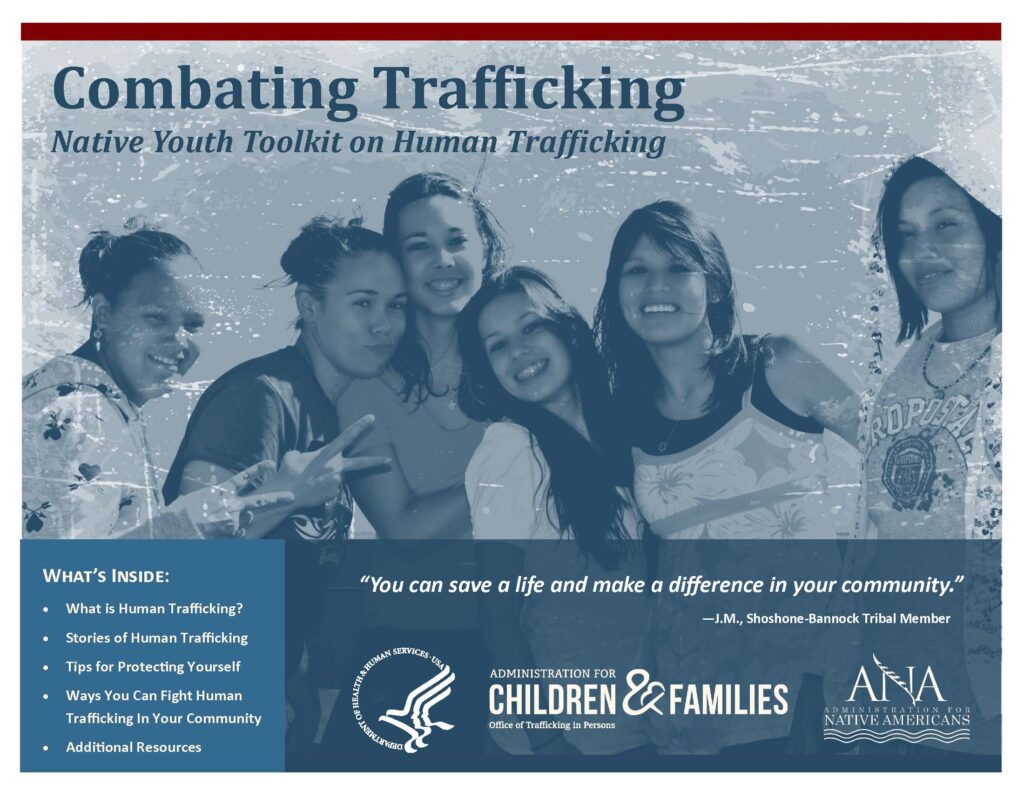
Recognizing the urgency of MMIP, ACF is investing resources to address these issues on multiple levels. By working with Native communities and enhancing culturally specific services, ACF is helping to build the infrastructure necessary to combat the MMIP crisis effectively.
1. Expanding Training and Awareness for Law Enforcement
ACF is focused on ensuring law enforcement agencies receive training that emphasizes culturally informed practices. By understanding the unique historical and cultural contexts of Native trauma, law enforcement can foster trust and cooperation with Native communities.
2. Enhancing Victim Services in Tribal Areas
ACF is increasing resources for Native victims, such as access to trauma-informed counseling, safe housing, and legal assistance. Expanding these services ensures that Indigenous survivors receive compassionate and effective support.
3. Building Partnerships with Tribal Nations
True collaboration with tribal nations is essential for addressing MMIP effectively. ACF’s commitment includes actively engaging with Native communities to understand their specific needs and working together to develop solutions that honor Indigenous sovereignty and self-determination.
Moving Forward with Urgency and Respect
The crisis of Missing and Murdered Indigenous People is not just a policy challenge; it is a moral imperative. Addressing MMIP means recognizing and valuing the lives of Indigenous individuals, advocating for justice, and working to restore safety and dignity within Native communities. For families like mine and so many others, this work is deeply personal and essential.
ACF is dedicated to combating MMIP through increased resources, culturally informed training, and collaboration with tribal nations. Together, we can honor the lives of those lost, such as my mother and Cole Brings Plenty, by committing to a future where Native communities can live freely, safely, and with the justice they deserve.
final note: Change and educate our children and others
The Urgent Need for Respectful Representation of Indigenous Youth on Social Media
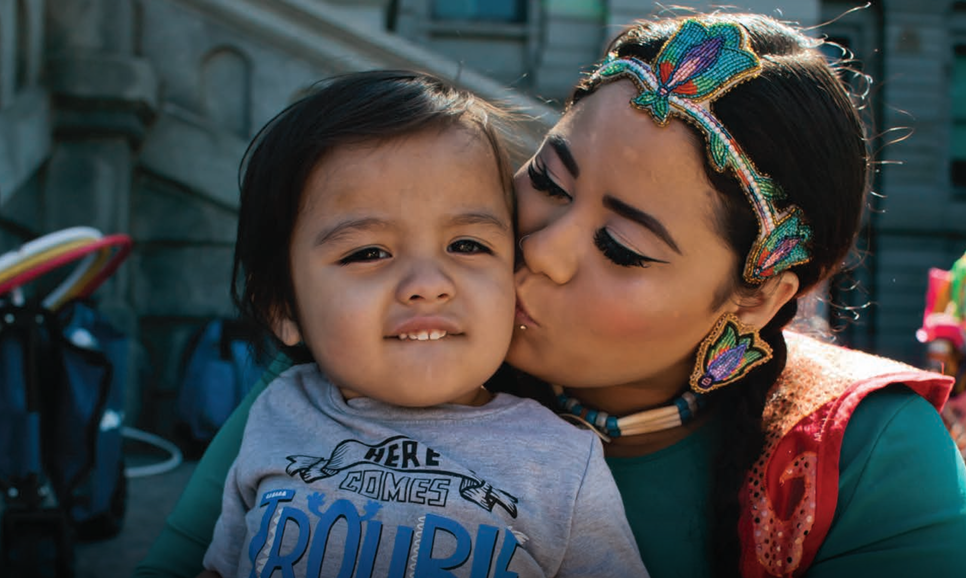
Social media platforms have incredible power to share stories, amplify voices, and promote positive change. Yet, they also carry a responsibility to treat all individuals—and particularly young people—with dignity and respect. As the MMIP crisis highlights the vulnerability of Indigenous communities to exploitation and violence, it’s crucial to consider the impacts of social media on Indigenous youth. Specifically, the portrayal of young Indigenous people in overly sexualized or “click-bait” content is troubling and inappropriate, even if these images are AI-generated or fictional.
The Harmful Impact of Sexualized Content
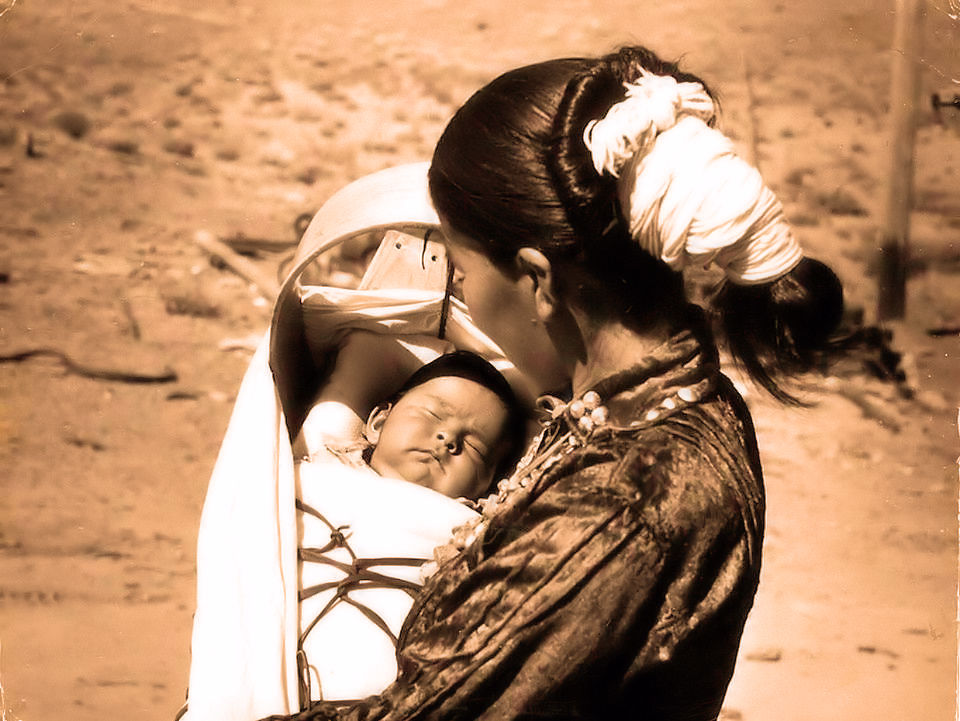
When Indigenous youth are used as “click-bait,” whether in photos, videos, or AI-generated images, it sends a harmful message that perpetuates objectification and reduces their identities to sources of entertainment or revenue. These representations strip young people of their dignity and dismiss their cultural identity, history, and the complexity of who they are. Instead of celebrating Indigenous beauty with respect, such content risks turning it into a commodity for profit or attention.
This type of content affects young people’s self-worth and contributes to the cycle of exploitation that Indigenous communities have endured for centuries. For Indigenous youth, who are already navigating complex social and cultural expectations, seeing themselves or others in their community sexualized online can deepen insecurities and further disconnect them from their heritage.
AI-Generated Imagery: Cultural Sensitivity Matters
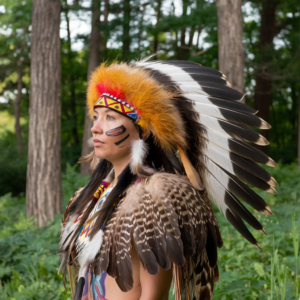
While AI-generated images may seem harmless because they aren’t “real,” the intentions and effects of these images can be as damaging as photos of real individuals. The use of AI to create images of Indigenous youth that conform to unrealistic beauty standards, overly sexualized poses, or attire not in line with cultural practices disrespects Native communities and erodes the dignity of Indigenous representation. Respectfully portraying Indigenous youth means recognizing and valuing them beyond aesthetics or clicks.
Even with AI, the creators behind these images should strive to dress and present Indigenous people, especially youth, in ways that are culturally sensitive and respectful. Using Native imagery responsibly involves engaging with Indigenous voices and perspectives, and social media content that includes these images should aim to uplift Native culture rather than exploit it.
The Call for Change: Promoting Positive and Respectful Representation
Indigenous beauty is deep, vibrant, and deserving of reverence, not objectification. Instead of using Indigenous youth to drive clicks, social media platforms and content creators should take the following steps to promote healthy, respectful representations:
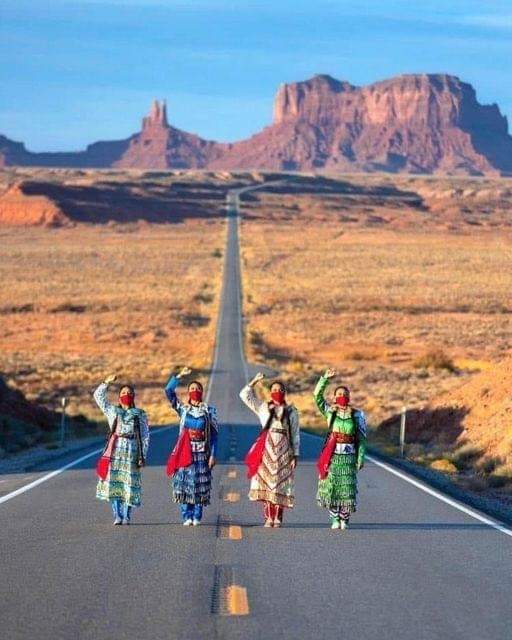
- Prioritize Cultural Sensitivity – Dress and present Indigenous youth in ways that honor their culture, and consult Indigenous people when creating or sharing content that depicts them.
- Educate and Raise Awareness – Use social media platforms to share the stories, history, and contributions of Indigenous youth and communities. Highlight their achievements and aspirations instead of focusing solely on appearance.
- Combat Stereotypes and Over-Sexualization – Avoid reducing Indigenous youth to “beautiful faces” or romanticized images. Resist using images that portray them in ways that perpetuate harmful stereotypes or overly sexualized aesthetics.
- Encourage Positive Self-Image – Indigenous youth deserve to see themselves represented in ways that uplift their identity and heritage. Social media content should promote pride in culture and tradition, supporting Indigenous youth in their journey of self-respect and confidence.
Moving Forward with Respect and Dignity

As we work toward justice for Missing and Murdered Indigenous People, we must address the more subtle ways in which Indigenous communities are exploited and objectified. Indigenous youth are a precious part of their communities and should be treated with the utmost respect—not as “click-bait” or tools for someone else’s profit. By celebrating their beauty with integrity, acknowledging their stories, and advocating for respectful representation, we can honor their identities and contribute to a healthier social media landscape.
Through these efforts, we create space for Indigenous youth to take pride in their heritage, see themselves respected and celebrated, and trust that their identity will be portrayed with the dignity it deserves.
Collaborative Solutions for Missing and Murdered Indigenous People (MMIP): Consultations, Training, and Data Improvements
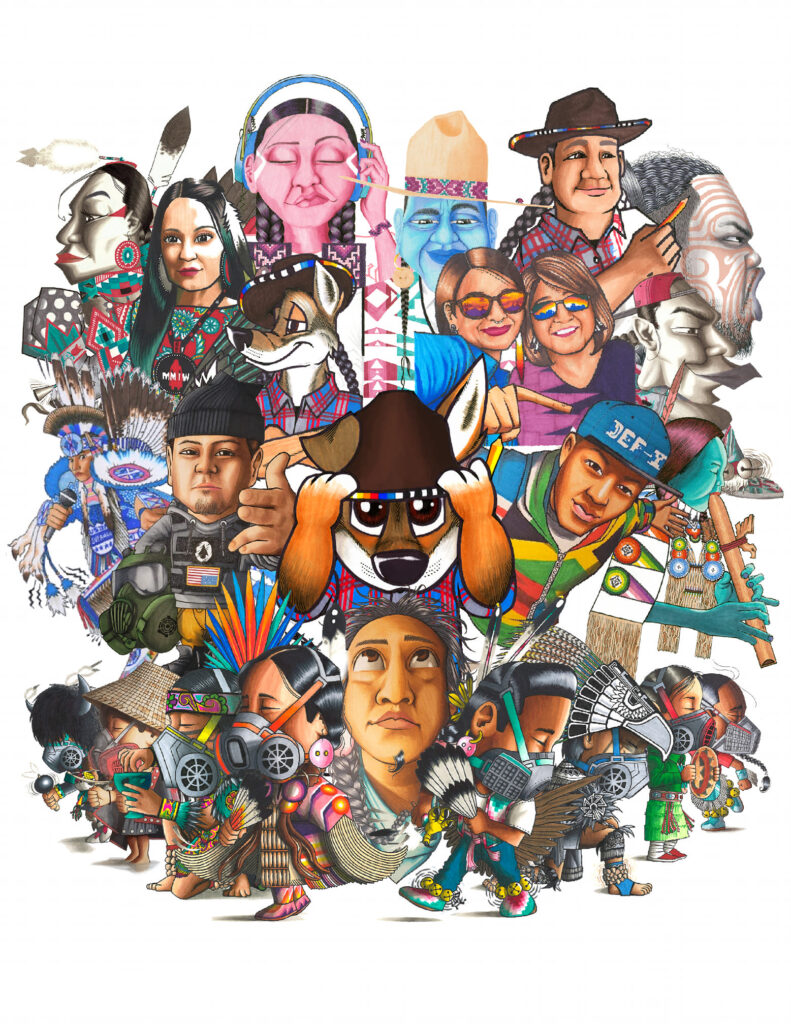
Addressing the crisis of Missing and Murdered Indigenous People (MMIP) requires collaborative, consistent, and culturally respectful solutions. For all those committed to supporting Indigenous communities, this means prioritizing consultation with Native leaders, strengthening law enforcement partnerships, and improving data collection and access. Savanna’s Act has laid a foundation for this work, and ongoing efforts by the Department of Justice (DOJ) and other federal agencies are turning legislation into impactful action.
Engaging Tribal Leaders through Consultations and Listening Sessions
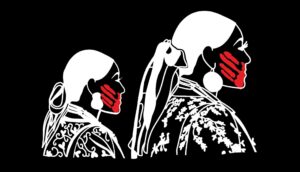
Consistent with Section 4(b) of Savanna’s Act, the DOJ has prioritized engagement with Tribal leaders and organizations to improve the relevance and accessibility of federal data. In June 2021, the DOJ, along with the Department of the Interior, held formal consultations with Tribal leaders to address data improvements for MMIP cases. Additional sessions were held from July to September with input from a range of Tribal and Urban Indian Organizations, including the National Congress of American Indians, the Seattle Indian Health Board, and United South and Eastern Tribes.
These consultations and listening sessions are a cornerstone of respectful nation-to-nation collaboration, as they allow Indigenous voices to shape MMIP solutions. The Office on Violence Against Women (OVW) continues to engage Tribal leaders each year, with the next consultation scheduled for November 19-21, 2024, in Santa Fe, New Mexico.
Outreach and Training: Supporting Law Enforcement at All Levels
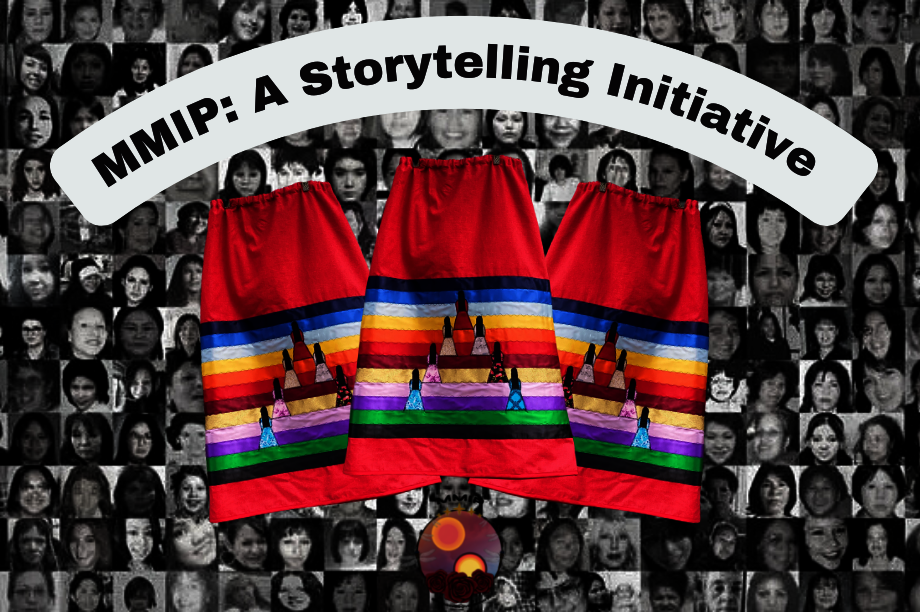
Savanna’s Act highlights the importance of outreach and training for law enforcement officers at federal, Tribal, state, and local levels. Training sessions provide essential guidance on how to respectfully and accurately record demographic data, particularly for Indigenous victims. Since data collection and entry directly affect the visibility of MMIP cases, this training is critical to ensure Indigenous victims are accurately represented in national databases.
Through the Tribal Access Program (TAP), the DOJ offers extensive training to Tribal agencies, empowering them to access and use federal criminal justice information. Similarly, the Criminal Jurisdiction in Indian Country (CJIC) training reached over 2,000 police officers in 2021, preparing them to accurately collect and enter demographic data on MMIP cases. CJIC training is mandatory for officers seeking a Special Law Enforcement Commission from the Bureau of Indian Affairs, ensuring sustained and informed engagement.
Enhancing Data Access and Accuracy: National Missing and Unidentified Persons System (NamUs)
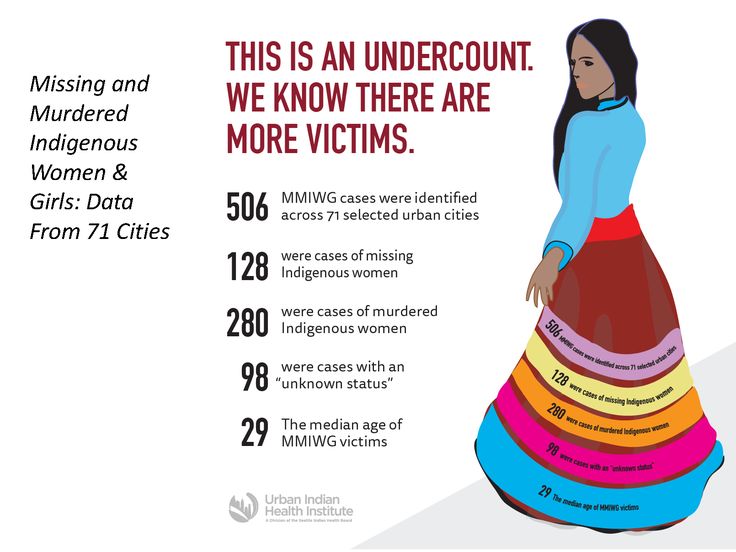
Data access is a powerful tool in bringing justice to MMIP cases. NamUs, the National Missing and Unidentified Persons System, serves as a national information clearinghouse and resource center for missing and unclaimed person cases across the United States. Consistent with Savanna’s Act, the DOJ is expanding public awareness and access to NamUs through outreach and training, targeting Tribal, urban, and regional organizations that work directly with Native communities.
NamUs offers free resources to law enforcement, coroners, forensic professionals, and families of missing persons, providing critical support for those searching for loved ones. Increasing awareness of NamUs and its offerings can make a life-changing difference in MMIP cases by connecting families with resources and investigators with accurate data.
Moving Forward with Unity and Respect

The crisis of MMIP is a national issue requiring focused, respectful, and continuous action. For all who care about this cause, supporting Indigenous communities means participating in dialogue, respecting Tribal sovereignty, and advocating for culturally sensitive and inclusive policies. Savanna’s Act and subsequent actions by the DOJ, Department of the Interior, and OVW represent steps in the right direction, but sustained community engagement is essential.
Through consistent consultations, respectful training, and accurate data improvements, the path forward can reflect true justice, inclusivity, and a commitment to protecting Indigenous lives. Whether participating in consultations, utilizing resources like NamUs, or supporting outreach efforts, everyone has a role in the pursuit of safety, justice, and dignity for Native communities.

Final Note: Honoring MMIP Through Storytelling in Our Next Film, DWD Code Walkers

In addition to advocacy, education, and community engagement, storytelling holds the power to bring greater awareness and understanding to the issue of Missing and Murdered Indigenous People (MMIP). We are committed to amplifying this message in our upcoming film, DWD Code Walkers. This project will explore the complexity and urgency of the MMIP crisis, integrating stories inspired by real events and voices from Indigenous communities to honor the resilience, courage, and strength of those impacted.

DWD Code Walkers aims to reflect the lived realities of Native families and communities, offering audiences insight into the trauma of loss and the need for justice while celebrating the unbreakable spirit of Indigenous people. By bringing the MMIP crisis to the screen, we hope to engage a wider audience, inspire meaningful change, and contribute to a national conversation about protecting Indigenous lives and honoring their stories.
This film will stand as both a call to action and a tribute, reminding viewers of the importance of respect, cultural awareness, and solidarity with Indigenous communities in the journey toward justice and healing.
Stay tuned for more on our Thunderbird Group Podcast this is our way of telling the story and preparing everyone for our new films….
Tagged with: American Indian Buisness, Chat GPT, Health, Humanity, Indigenous News, MMIP, MMIW
